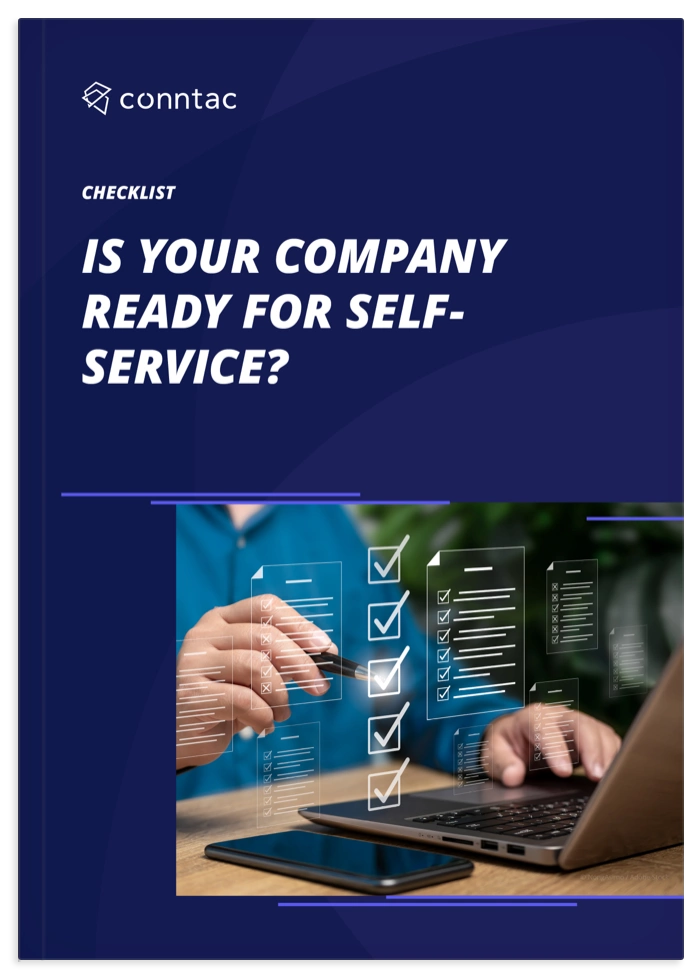Customer self-service is an approach in which customers can independently solve their concerns and problems without having to rely on direct support from employees. CSS can be delivered in the form of online portals, mobile apps, automated phone support systems, and other digital platforms. The goal is to make customer service more efficient, increase customer satisfaction and reduce service costs for companies.
What is Customer Self-Service (CSS)?
Customer Self-Service enables customers to perform certain actions themselves instead of contacting customer service representatives to resolve a problem. This can be done through tools such as FAQs, support portals and chatbots, saving the company valuable time. A self-service represents online support that does not require any interaction with a service agent and can take a variety of forms, such as static FAQs or other models like customer accounts for contract management at subscription companies. However, companies need to go beyond static FAQs to provide real value to users and establish successful digital customer service.
Advantages of Customer Self-Service (CSS)
Customer Self-Service (CSS) offers numerous advantages for both customers and companies.
- Customers have the choice of how to resolve their concerns and can help themselves with simple requests, which saves time and reduces the burden on customer service.
- Different problems require different solutions, and some customers may prefer self-service while others prefer to speak with a staff member.
- CSS reduces waiting times because customer inquiries do not all have to be answered by employees.
- Customer effort is reduced, which can lead to higher customer satisfaction and loyalty.
- By redirecting simple customer requests to a self-service portal, employees can focus on complex requests that only they can handle.
- CSS is flexible and can be offered around the clock without the need for staff to be on site.
- CSS tools such as FAQs, support portals, and chatbots can also serve as additional sources of information and enhance the customer experience.
Customer Self-Service Benefits for customers
Customers have the choice between a personal meeting and the use of self-service tools. In particular, simple and non-urgent requests are preferably handled by the company itself. CSS shortens waiting times and reduces customer effort, which has a positive impact on the customer experience.
Customer self-service benefits for companies
Companies benefit from the cost efficiency, flexibility and increased brand loyalty resulting from the introduction of CSS. By redirecting simple customer inquiries to a self-service portal, employees have more time for complex inquiries and tasks, which impacts the quality of customer service. CSS can be offered around the clock without the need for on-site staff. Satisfied customers are loyal and will continue to enjoy working with the company in the future.








